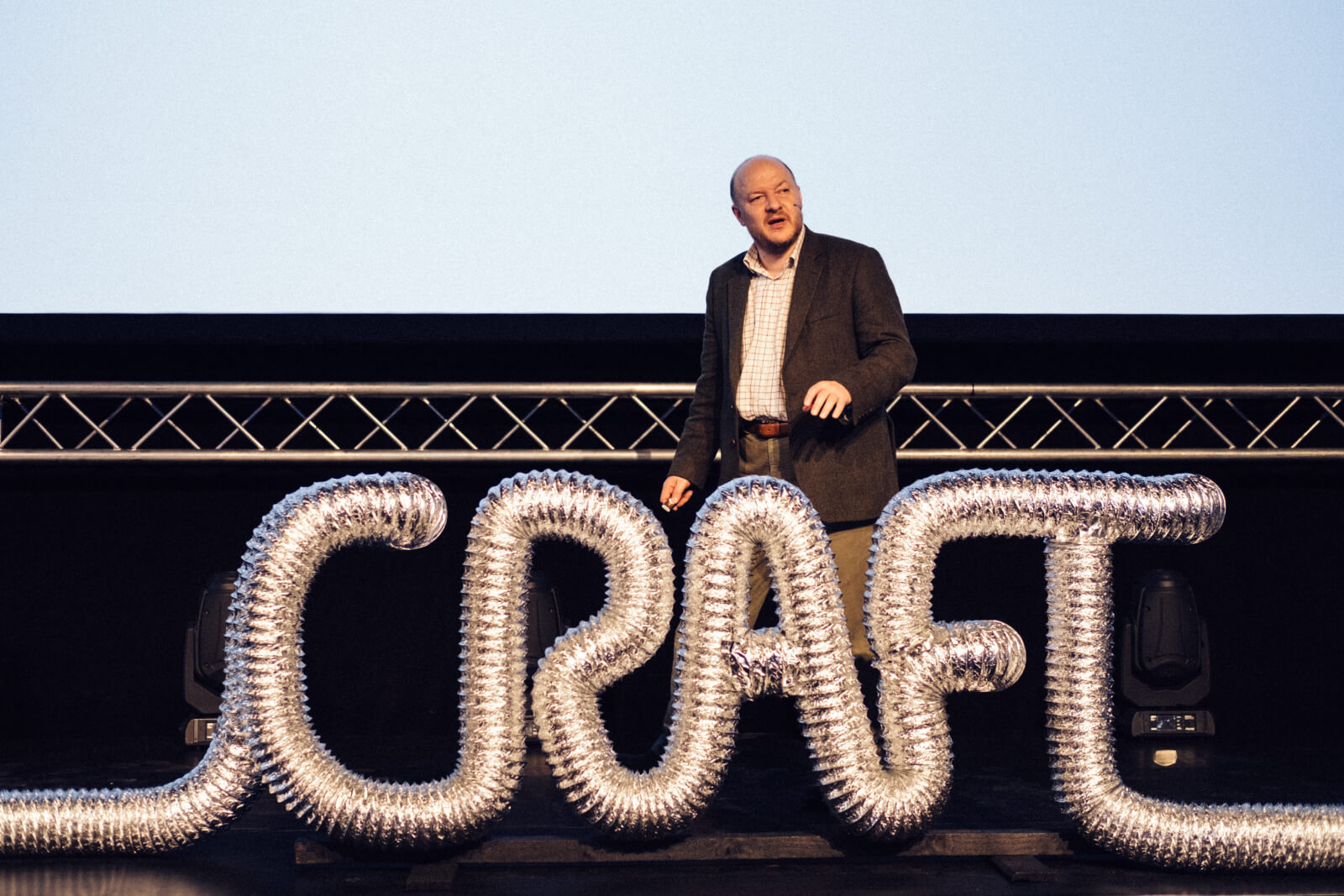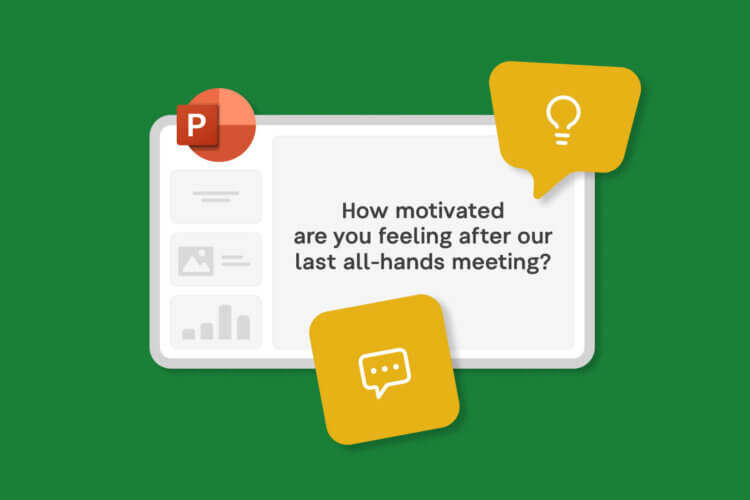Recently, I’ve noticed a flux of articles on how to make presentations more interactive, advising the use of different fancy presentation tools and digital media. I admit I wrote a few articles on this topic myself. But a recent conversation with my colleague made me realize that I didn’t go deep enough.
I recognized that my ‘tips’ for adopting new presentation tools or playing emotional video clips wouldn’t transform the presentation fundamentally. It would be just wrapping the ‘Death by PowerPoint’ syndrome in a shiny new package.
Presentations, despite the fact that they happen among people gathered in one room, are ironically conducted in a passive one-way fashion, with a very little contribution from the audience.
They invariably follow the age-old mantra, I speak, you listen.
If you think about it for a second, presentations might be the last Mohican that hasn’t undergone any radical change yet.
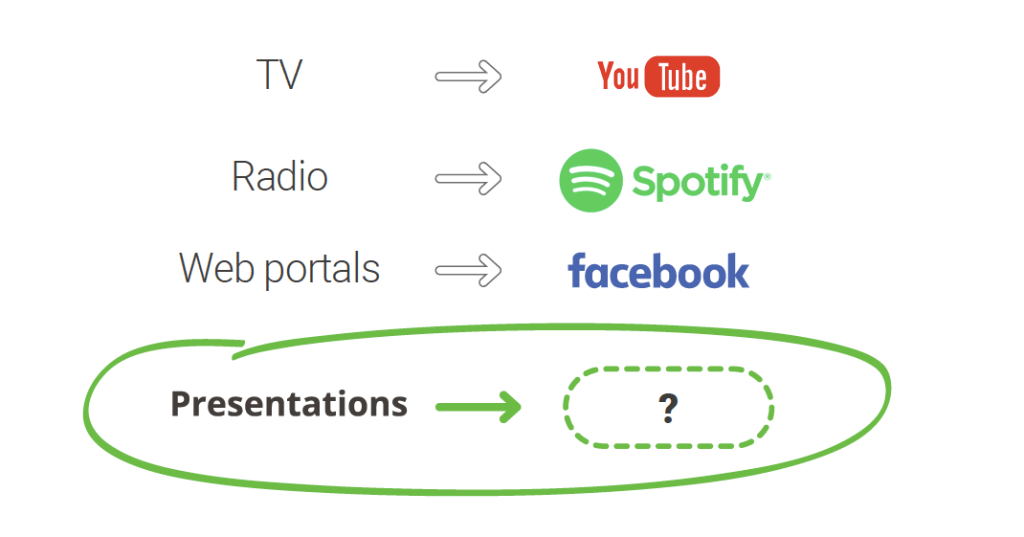
I’m convinced that presentations are simply still waiting for their evolutionary step. But it may not be that far away with so many presentations being in transformation at the moment.
Let me explain three major forces that will possibly evolve presentations and give rise to the Speaker 2.0.
1. TED
No other event has changed the way we present more than TED. It revolutionized lengthy presentations by cutting them into digestible 18-minute talks. And instead of letting speakers talk general gibberish, they were encouraged to share their personal stories.
The TED format and its motto, Ideas worth spreading, has become infectious. Up to this date, over 13,500 TEDx events have taken place around the world, revolutionizing the way we present and tell stories as a mere ‘by-product’.
TED-like presentations are beyond any doubt a powerful means to get already-formed ideas across and inspire people. But their format is very closed and doesn’t leave much space for the interaction that is vital to most meetings.
In fact, there is a number of presentation experts who advise having a conversation rather than a presentation. Nancy Duarte suggests ditching a presentation and starting a dialogue if you need to:
- develop an idea
- get consensus
- gather more information about the group’s needs
- get the group’s input in order to move forward
But a conversation can be an effective communication tool in many other cases too. Just think of Plato. He used the art of dialogue to teach a range of subjects including philosophy, logic or mathematics.
Evolution drivers: Shortened presentation time, the importance of storytelling, the uptake of conversation
2. Empowered user
We are used to leading a two-way communication on the Internet. We chat with our friends, moms, authors, anonymous haters, brands. You can communicate with IKEA or Starbucks and leave them a question. And you know that you’ll get your answer within a few hours, if not in that very instant.
We feel like we’re empowered to have a say and shape things to our liking. It’s a really alluring feeling and we have got used to it.
Ironically, communicating with a speaker, a real person who stands just a couple of meters in front of us is a whole other story. Rarely does anyone dare to ask a question, be it due to a phobia of public speaking or the fear of embarrassing oneself.
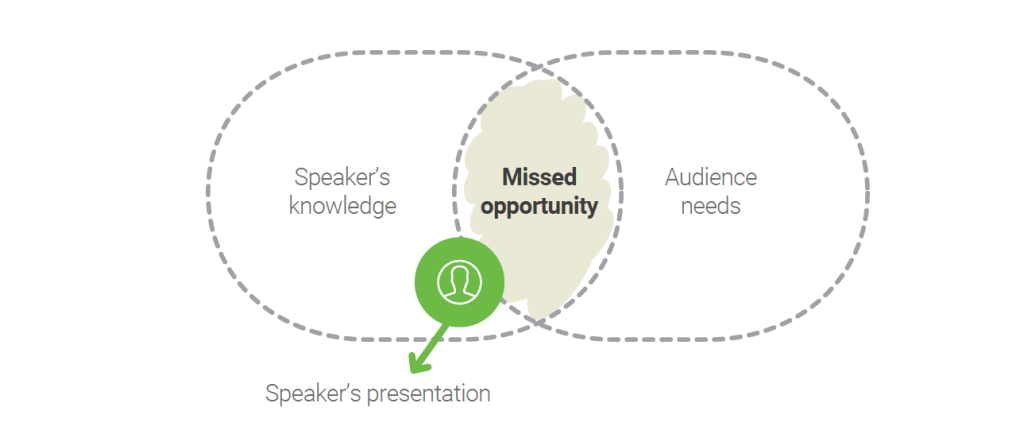
And because of little to no interaction, a speaker can only guess what exactly attendees’ pain points are and what answers they’re looking for. It’s such a missed opportunity – a speaker might know the stuff, but he is simply unaware of the audience’s needs.
Fortunately, the situation has started evolving with the uptake of second-screen technology and audience interaction tools that empower attendees to submit questions and shape discussions. And from the speakers’ viewpoint, they represent an efficient backchannel revealing the hot topics.
Evolution drivers: Online two-way communication, social media, event apps, audience interaction tools
3. Content inflation
With the overwhelming amount of content available on the Internet, we don’t need to attend presentations for the sake of acquiring new knowledge anymore. We can simply watch a video or read an article at their own convenience, potentially saving a considerable amount of money.
This shakes up the whole paradigm of a presentation as a one-way communication channel.
Many of the leading conferences such as The Next Billion, The Pioneers Festival or The SaaStr Annual Conference just to name a few, are adapting to this shift and radically cutting down the presentation time to dedicate more space to the Q&A.
Instead of providing another set of general tips, moderators conduct onstage interviews with speakers and go in depth on the discussed topics while bringing the audience into the discussion.
Evolution drivers: Content accessibility, demand for face-to-face interaction, need for tailored answers
Who is the Speaker 2.0?
We’ve covered the forces that drive the evolution of presentations. But talks are just outcomes of the main actor – the speaker.
Now let’s talk about the Speaker 2.0.
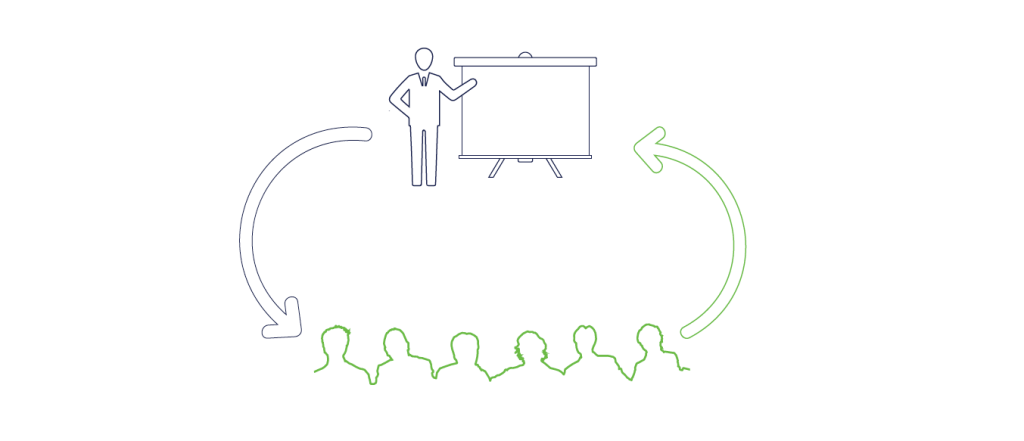
Drawing from the Web 2.0 analogy, the Speaker 2.0 emphasizes two-way communication, participant-driven content and collaborative creation. Attendees are not mere consumers of content, they also act as producers of the session content. They become prosumers – producers and consumers at the same time.
Let me give you an example.
Let’s suppose that the topic of the Speaker’s 2.0 presentation is ‘How To Give a Killer Pitch’. Instead of listing the exact tips for acing a pitch, the Speaker 2.0 catalyzes learning by asking participants “What was the best pitch you have ever seen?” and then elicits a discussion.
He or she can split the audience into couples or small groups and let them share their views with one another. Next, he or she can get volunteers to share their opinions with the rest of the room. To drive learning forward, he can ask “What made the pitch you saw perfect?” and ultimately help attendees to find the components of the perfect pitch.
By doing this, the Speaker 2.0 doesn’t preach the audience, instead, he or she facilitates the collective knowledge and help attendees to discover answers on their own.
Here are some of the tools that can be found in the Speaker’s 2.0 toolbox.
- peer-to-peer discussions
- think-write-share method
- body voting
- reflexive exercises
- live polling
- interactive Q&A
In the nutshell, the Speaker 2.0 engages with attendees in the dialogue. As a result, attendees get more involved and gain a much deeper understanding of the presented topic than if they just absorbed advice passively. In addition, collaborative activities also help to create meaningful relationships that many delegates seek to establish at events.
How do you become Speaker 2.0?
Leverage the potential of the collective knowledge
Discover the needs and issues of your delegates and then help them find solutions by eliciting a meaningful discussion instead of just broadcasting. Include the discussion moments or even fully base the presentation on the dialogue. Work with the knowledge that already exists in the audience and let delegates share it with one another.
Create and facilitate a discussion
Tune down your role of a broadcaster and facilitate the flow of ideas and opinions instead. You can run the live poll or do a body voting to divide the audience into two opposing groups, create some healthy tension and subsequently develop a discussion.
Use interactive technology
To ensure that you’ll address the most burning topics, use audience interaction tools to crowdsource the questions that your audience truly cares about. By allowing the audience to vote on the submitted questions, the interaction tools can effectively show which direction attendees want the discussion to evolve.
In conclusion
With the major forces in motion, the evolution of presentations is imminent. The traditional presentation style is not able to live up to the expectations and needs of audiences anymore. The Speakers 2.0 will need to provide more targeted know-how, engage the attendees in the discussion and empower them to model the conversation according to their needs.
And since the objectives of each presentation will be different, so will be the format. But one thing is sure, the future will be more interactive and conversational.

